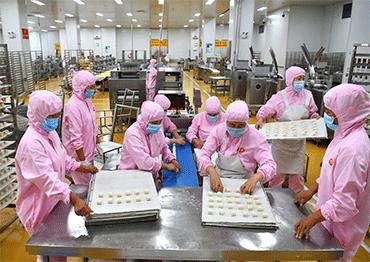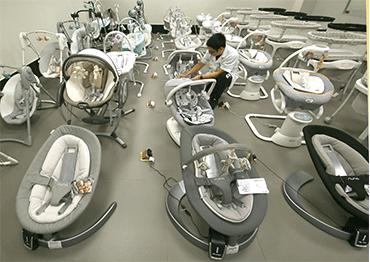Tariffs have long been a major weapon in Trump’s arsenal under his “Make America Great Again” doctrine. Throughout his first presidency, Trump wielded tariffs as a blunt instrument not just against China, but also allies of the US. During his campaign, he took a more aggressive approach, pledging to impose tariffs of 10 to 20 percent on all imported goods and drastically increase levies on Chinese goods to rates between 60 and 100 percent.
Trump argues that the new tariffs will generate additional revenue, US$4.5 trillion over a 10-year period, which would allow him to scrap federal income tax. But according to Liu Ying, a researcher at the Chongyang Institute for Financial Studies at the Beijing-based Renmin University of China, the figure is overblown. “It is a static estimate that fails to account for market responses,” Liu told NewsChina.
Liu added that amid China’s efforts to push forward its Belt and Road Initiative, China’s global trade landscape has shifted significantly, with a much more diverse and global export structure than ever. According to data released by China’s General Administration of Customs, bilateral trade between China and the US reached US$664.4 billion in 2023, down 12.5 percent from the previous year. In 2023, China’s exports to the US amounted to US$500 billion, accounting for 14.8 percent of China’s total exports, down from 19.3 percent in 2018, when Trump imposed tariffs on Chinese products during his first tenure.
“American consumers are the ones who will bear the burden of these tariffs,” Liu said, referring to a report released by the National Retail Federation of the US on November 4, which warned that Trump’s proposed tariffs on just the six categories it examined – apparel, toys, furniture, household appliances, footwear and travel goods – would reduce American consumer spending power by between US$46 billion and US$78 billion every year.
Despite China’s more resilient trade structure, Trump’s proposed tariffs will no doubt deal a huge blow to China’s export sector. According to an estimate released on November 6 by the Macquarie Group, a global financial service company, if Trump imposes 60 percent tariffs on Chinese products, it could lead to an 8 percent drop in China’s total exports, and drag down China’s growth rate by 2 percent. But if China retaliates with reciprocal tariffs or other trade measures, it could lower US GDP by 0.8 percent and add 4.3 percent to inflation by 2028.
A separate analysis by the Tax Policy Center, a Washington-based think tank, estimates that a 20 percent worldwide tariff and a 60 percent levy on Chinese products would raise costs by US$3,000 in 2025 for the average US household, reducing average after-tax incomes by 3 percent.
Tariff increases will also harm the wider world economy. The World Economic Outlook released on October 22 by the International Monetary Fund warned that a 10 percent tariff increase by the US and the rest of the world would “directly affect about one-quarter of all goods trade, representing close to 6 percent of global GDP,” and would result in a 0.4 percent fall in the US economy.
Given the high cost and high stakes of Trump’s proposed tariff policies, many analysts do not believe that his campaign pledges will materialize, at least not in full. Lü Xiang, a research fellow at the Institute of American Studies at the Chinese Academy of Social Sciences, argues that while Trump will continue his trade protectionist policies toward China, he is unlikely to significantly raise existing tariffs. “Instead, Trump may focus more on specific industries to find leverage to negotiate with China,” Lü said.

 Old Version
Old Version


